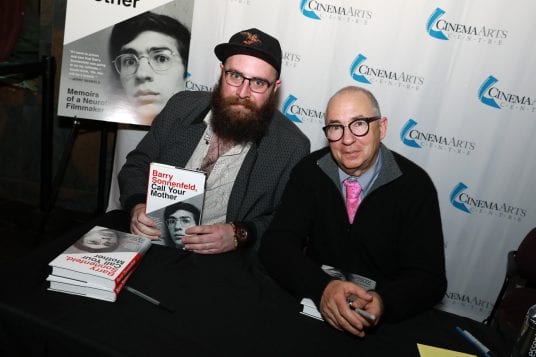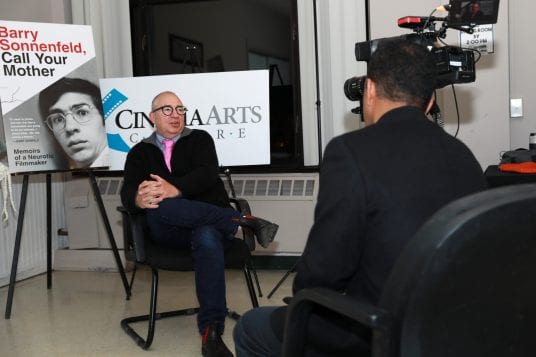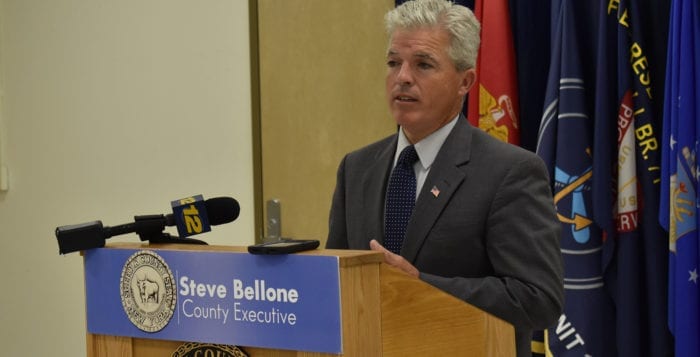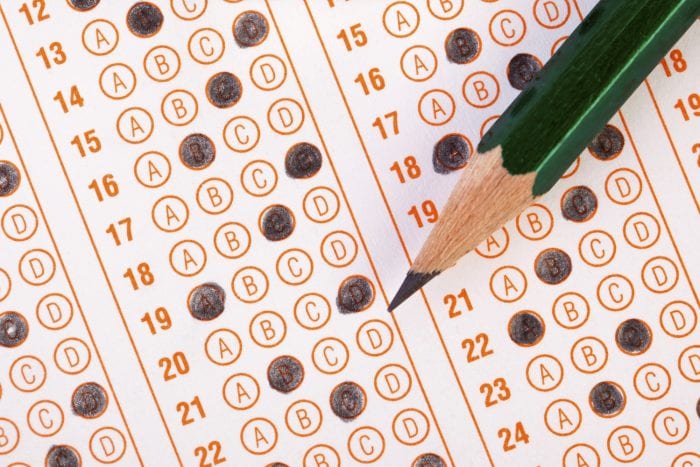Preservation Long Island, a regional preservation advocacy nonprofit based out of Cold Spring Harbor, recently announced the launch of The Jupiter Hammon Project, an initiative that aims to expand interpretive and educational programming at the Joseph Lloyd Manor, an 18th-century Long Island manor house owned and operated by Preservation Long Island.
The goal is to engage the site more fully to reflect the multiple events, perspectives, and people that shaped the house’s history including Jupiter Hammon (1711– ca.1806), the first published African American author who was enslaved by the Lloyd family and whose work was published during his lifetime.
Jupiter Hammon’s life and writings offer an exceptionally nuanced view of slavery and freedom on Long Island before and after the American Revolution. His works are especially significant because most literature and historical documents from the eighteenth century were not written from an enslaved person’s point of view. Consequently, Hammon’s writings provide powerful insights into the experience of the enslaved, as well as the social and moral conflicts slavery raised in the newly formed United States.
The Project will include a series of collaborative roundtables discussing the legacy of enslavement on Long Island and the life of Jupiter Hammon. Three public roundtable events have been tentatively scheduled during the summer of this year. Moderated by Cordell Reaves, Historic Preservation and Interpretation Analyst, New York State Department of Parks, Recreation and Historic Preservation, the discussions will be held at the Weeksville Heritage Center in Brooklyn on June 20; the Suffolk County Historical Society in Riverhead on July 11; and the Joseph Lloyd Manor in Huntington on August 8 in an effort to bring together scholars and professionals with local residents, descendent communities, and other diverse stakeholders across Long Island.
These discussions will help develop a new interpretive direction for the historic Joseph Lloyd Manor that encourages responsible, rigorous, and relevant encounters with Long Island’s history of enslavement and its impact on society today.
This innovative project will also provide educational content for the development of revised school curricula and serve as a model approach to program development for other sites of enslavement in the region. It will foster collaborative relationships with local descendants and community stakeholders so that their voices continue to shape PLI’s mission of stewardship, advocacy, and education.
Kicking off the Jupiter Hammon Project is the Literary Landmark Ceremony tentatively scheduled for Saturday, May 30. United for Libraries and the Empire State Center for the Book will recognize the house where Jupiter Hammon lived and wrote (the Joseph Lloyd Manor) as a Literary Landmark. The unveiling of the bronze plaque recognizing Jupiter Hammon and the significance of the Joseph Lloyd Manor will take place as well as poetry readings and tours of the house.
For more information or to register for this free event, call 631-692-4664 or visit www.preservationlongisland.org.




















